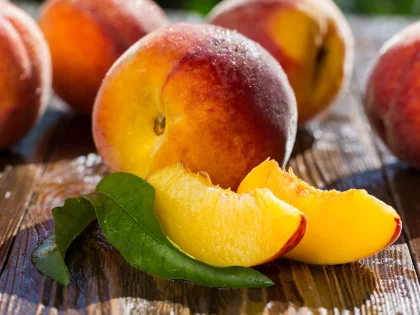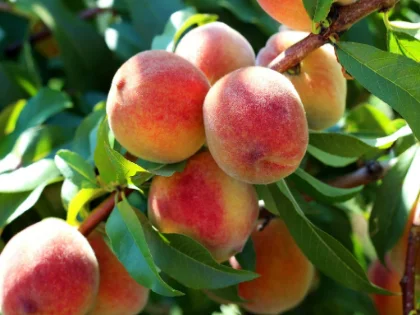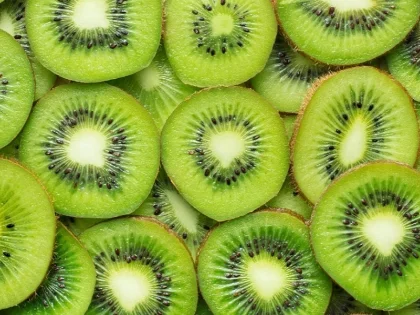Due to their high glycemic index (GI), potatoes are frequently eliminated from diets by those with type 2 diabetes. However, the truth is that potatoes can be a nutritious component of a meal when eaten in moderation.
The secret is to stick to healthier potato options like steamed or boiled potatoes instead of fried and mashed ones. Eating them with other slow-digesting foods like protein and non-starchy veggies also helps.
They have a lot of starch.
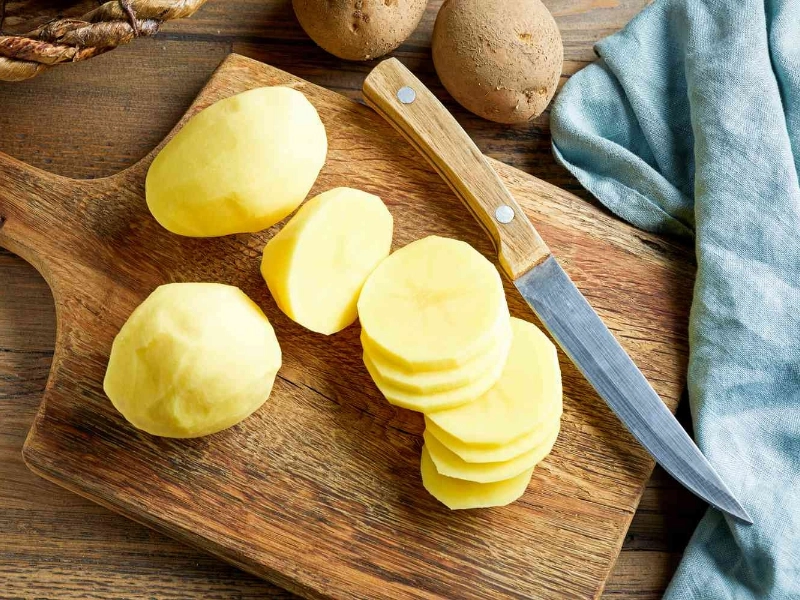
Advertisement
Because potatoes contain a lot of starch, blood sugar levels may rise quickly. However, if consumed in moderation, they can be part of a diabetic's healthy diet. To properly balance a meal, starchy foods like potatoes should be mixed with protein and slower-digesting carbs.
Both types of potatoes offer significant nutritional advantages, while sweet potatoes might be a better option for those with diabetes. Iron, potassium, vitamin C, and vitamin B6 are all abundant in both. Additionally, they offer a rich supply of beta-carotene, a mineral crucial to eye health.
In addition to being nutrient-dense, potatoes are a great source of phenolic chemicals, which have antioxidant qualities that support a healthy body. But since frying raises the glycemic index of the item, it is advised that diabetics stay away from fried potatoes. They should avoid mashed potatoes and instead eat boiled, roasted, or grilled potatoes. Since the peel of a potato contains 64% of the fiber that balances blood sugar, leaving the skin on may also have additional advantages.
They have a lot of fat.

A lot of diabetics steer clear of potatoes because of their high glycemic index, which assigns a number to food items based on how likely they are to produce a spike in blood sugar. When it comes to carbohydrate intake, the GI is not the complete picture, though, and it's crucial to take into account how different people react to different foods.
Fiber from potatoes helps to slow down the process of digestion and absorption. This lessens the quantity of glucose that enters the system and helps to avoid sharp decreases in blood sugar levels following a meal. It's crucial to combine potatoes with other types of carbs and protein to help control blood sugar levels.
You can consume a moderate amount of potatoes, whether they are baked, mashed, fried, or boiled, as long as they aren't covered in a lot of butter and sour cream if you have diabetes. However, it's crucial to remember that potatoes include a lot of carbohydrates, so it's preferable to eat them with other veggies, protein, and fat.
They have a lot of sodium.
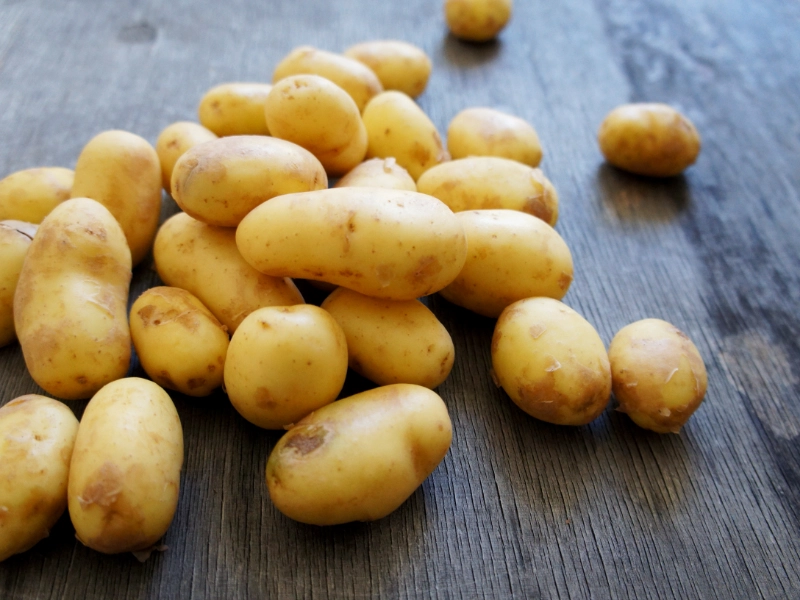
You must watch how many carbohydrates you eat at each meal if you have diabetes. In the digestive tract, carbohydrates are converted to sugar, which enters the bloodstream and raises blood sugar levels. Insulin assists in transferring this sugar into cells so that it can be used as fuel in non-diabetics, but it is absent in diabetics.
Thankfully, potatoes have a form of starch called resistant starch that, when cooked and chilled before consumption, can reduce the glycemic index of potatoes by up to 28%. After a meal, this resistant starch helps maintain steady blood sugar levels since it is not digested.
As part of a balanced diet, people with diabetes can still eat potatoes, but they should be selective about the toppings they choose. They should bake, steam, or boil the potatoes instead of deep-frying, grilling, or excessively salting them. Additionally, toppings heavy in saturated fat, such as cheese and sour cream, should be avoided. A person's risk of heart disease may rise if they use these toppings.
They contain a lot of potassium.

Potassium, a mineral that helps control blood sugar levels, is abundant in potatoes. They also have B6 and C in them. Studies suggest that they might even aid with weight loss. They are an excellent source of fiber and low in fat and salt. Nevertheless, potatoes contain a lot of carbohydrates, which, if consumed in excess, can raise blood sugar levels. When consuming these veggies, people with diabetes should limit their intake and combine them with slower-digesting foods like protein and non-starchy vegetables.
It's crucial to remember that potatoes can be a healthy component of a diabetic's balanced diet, even in the face of criticism. Eating them in moderation and monitoring your blood sugar levels every two hours after meals are crucial. A balanced lunch should consist of vegetables, protein, and a reasonable amount of carbohydrate.
Advertisement









